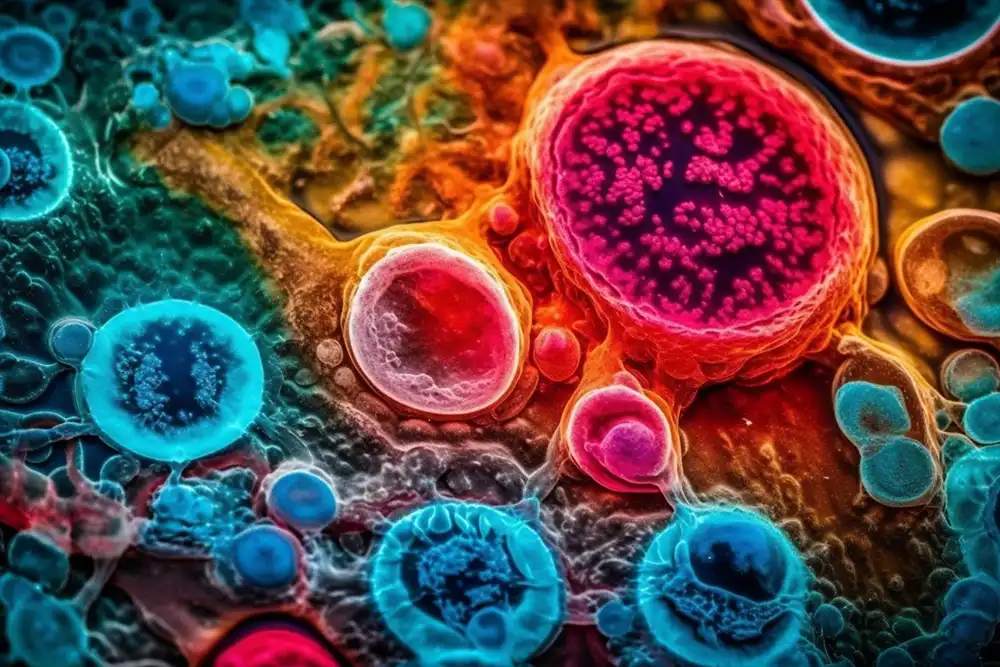
Liver disease remains one of the major global health burdens, often progressing silently until significant damage has occurred. Whether caused by viral hepatitis, alcohol-related injury, autoimmune responses, or metabolic conditions, liver disorders can lead to fibrosis, cirrhosis, and even liver failure. While traditional liver treatments such as medications, lifestyle changes, and in severe cases, liver transplantation, remain standard, advances in regenerative medicine now offer a new approach: liver stem cell treatment.
This treatment uses the regenerative power of stem cells to help repair damaged liver tissue. Mesenchymal stem cells (MSCs), commonly derived from bone marrow, adipose tissue, or umbilical cord blood, have been shown to possess anti-inflammatory and antifibrotic properties. These cells do not just replace damaged hepatocytes but also release bioactive factors that support the liver’s own repair mechanisms. Hepatic progenitor cells are another promising source, as they are capable of differentiating into functional liver cells.
Clinical investigations into liver stem cell treatment suggest encouraging results, especially in chronic liver disease cases like cirrhosis or non-alcoholic steatohepatitis (NASH). Early trials report improvements in liver enzyme levels, reduced scarring, and enhanced overall liver performance. Although more data is needed, this method shows potential as a complementary therapy to delay or avoid liver transplantation.
Research organizations like AMSA Biotech are actively contributing to this growing field. With a focus on safe, ethical, and science-driven development, they are helping bring cutting-edge regenerative therapies closer to clinical reality.
Liver Stem Cell Treatment: A Regenerative Path Forward for Chronic Liver Conditions
As regenerative medicine advances, liver stem cell treatment is emerging as a compelling alternative for patients with long-term liver damage. In many cases, conventional treatment for liver problem scenarios offers limited options—symptom control or eventual transplant. In contrast, cell-based therapies aim to restore tissue functionality by directly addressing cellular and structural damage within the liver.
One of the most significant benefits of this approach is the potential to reduce dependency on full organ transplantation. Liver transplants, while often successful, come with risks such as immune rejection, complications from surgery, and a shortage of available donors. Liver treatments involving stem cells are far less invasive and carry a lower risk of rejection, particularly when the patient’s own cells are used (autologous therapy).
Additionally, researchers are exploring how stem cells can be combined with advanced biomedical technologies, such as tissue scaffolds and 3D bioprinting. This may allow for partial reconstruction of liver tissue or targeted delivery of cells to areas of significant damage. Such innovations open the door to individualized, adaptive therapies for both common and rare liver diseases.
Nonetheless, caution and responsibility remain essential. While clinical results are promising, liver stem cell treatment must be guided by strict regulatory standards and continuous long-term monitoring. Only experienced medical centers and research institutions—such as AMSA Biotech—should administer these therapies to ensure patient safety and clinical efficacy.
To summarize, regenerative solutions such as liver stem cell treatment are redefining the landscape of treatment for liver problem conditions. With the ability to support tissue regeneration, modulate immune responses, and reduce inflammation, stem cell therapy is gradually becoming a viable option for patients who previously had limited alternatives. As research evolves, it is likely to become an integral part of the future of liver treatments, improving patient outcomes and quality of life.